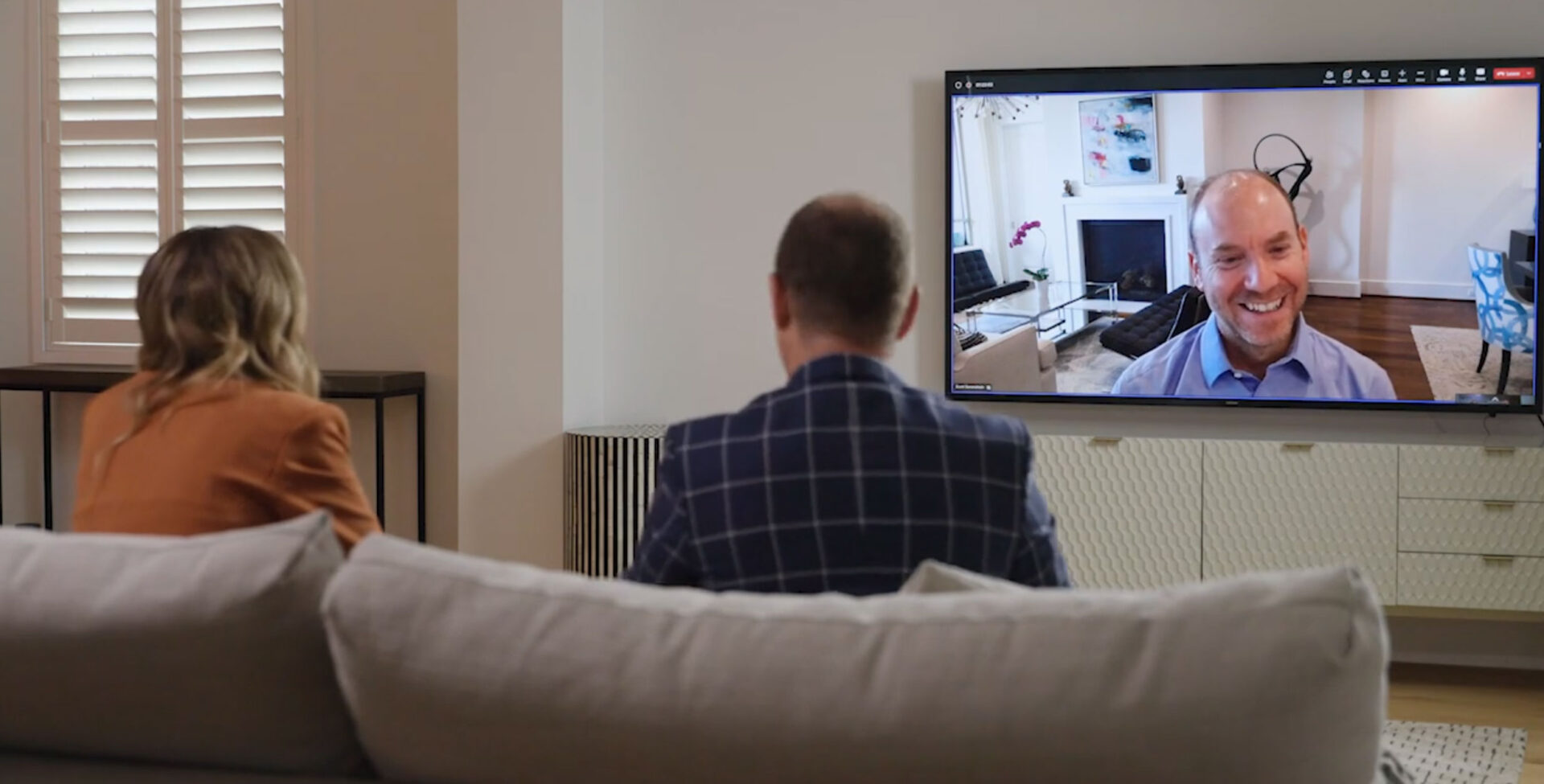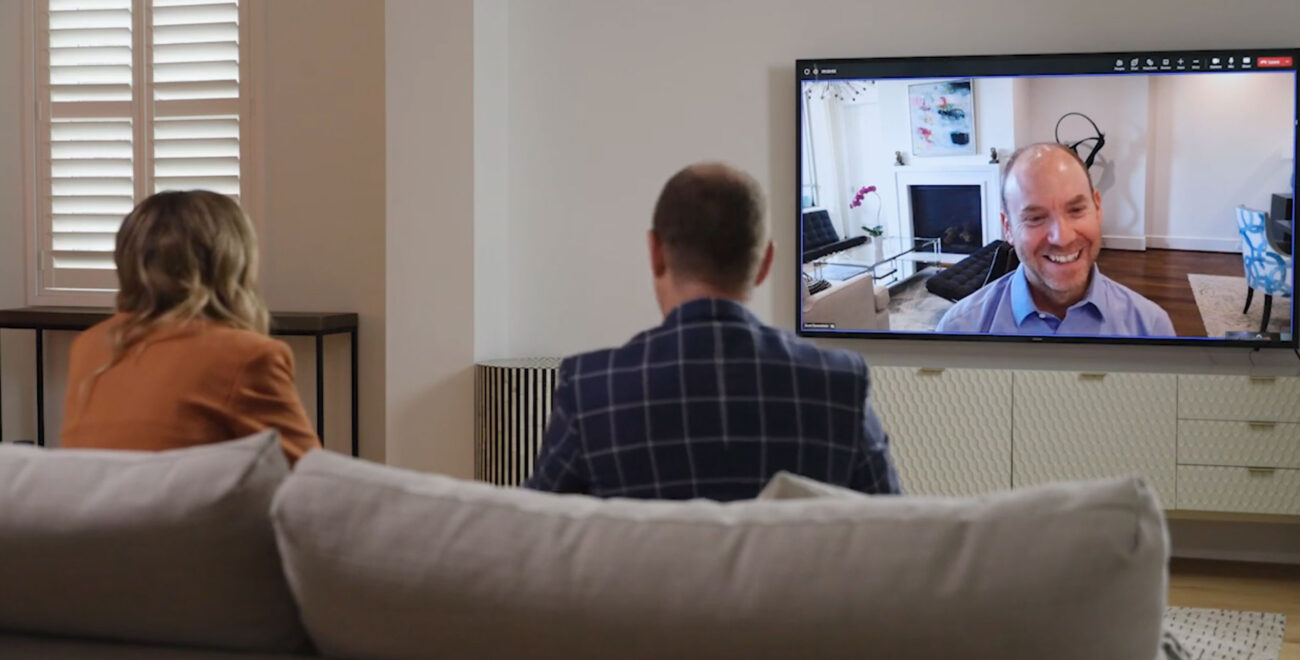
Why Culture is now central to the Employee Experience
In conversation with Dr. Scott Sonenshein at the launch of the Employee Experience Academy.
When return-to-office memos are as polarizing as Elon Musk’s infamous tweet and the 4-day workweek is fast becoming the new buzz phrase in corporate circles, companies need more than well-stacked salad bars and ping-pong games to entice employees to stay.
A community that fosters connection, engagement, and well-being
“If you’re going to come in and operate your business like it’s February 2020, you’re going to get crushed. And if you think you’re leaving the same workforce in February 2020 with the same mindset and the same mentality and the same desires and the same priorities, you’re nuts.” – Dr. Scott Sonenshein.
“I think there’s basically two camps that have reacted to that statement. I think there’s one camp that has said, ‘Yeah, you know, we get this’. They’ve seen what the handwriting on the wall looks like and they recognize that their employees and the world are forever changed through the experiences that we’ve had in the past couple of years.
There are also plenty of people who reacted to that statement with a lot of fear and I think their instinct is, ‘That’s going to upend the way things have been, and I’ve gotten comfortable. I’ve gotten used to things the way they were, and I just want to go back to 2019’.
The reality is that that’s not going to happen.
Part of my mission is helping people understand that this is one of those rare moments in time where we have an opportunity to really do things differently, and better. It’s very rare that you have these times where you can essentially re-architect and redesign a lot of the work practices in which we interact.”
Acknowledging the collective experience of the pandemic
“I think the starting point is to just recognize that we’ve been through a lot and that’s not going to erase from our memories.
The question is, how do we interact with people, how do we get work done? One of those things that’s happened is mortality salience. It’s this notion that when you have this sense of your limited time on this planet — and we’ve had high mortality salience during this pandemic — it starts to change our mindset and our priorities.
We start to think of ourselves a little more holistically and what can we be getting out of work. Is work simply ‘I’m trading my labor for a wage’, or does work have a lot more potential? What we’ve seen in the last year, especially with the Great Resignation, is this notion of people coming to terms with how they want to spend their time and maybe some of them looking in the mirror and saying, ‘This really isn’t what I want to sign up for’.”
Freedom and Flexibility
“This leads to people being a bit pickier in terms of what they want to get out of work. And, this creates the opportunity for organizations to cater to those types of needs. Now we layer on another big change in mindset during the pandemic, which was that when people work from home, they’re just not playing video games all day.
I think leaders were reluctant to sign up for that. Then they realized that people can still get stuff done. In many cases, working from home is an ideal working condition. We’re seeing this shift in mindset that the labor market isn’t geographically bound.
That gives people a lot more freedom and flexibility to really find an organization that fits what they’re looking for and what they’re looking for looks a lot differently now than it did a few years ago.”
Reflect, Regather, Reset.
“When we’ve been so geographically separated for so long, just going ahead and throwing everyone into a room and pretending like nothing happened in the last two and a half years is just a crazy idea. Part of this is relearning how to relate with people and how differences between a zoom call versus face-to-face interaction look like and what building connection in person looks like.
People have gotten so accustomed to working remotely that they’ve almost unlearned what it means to work in person. You’ve got to give employees time to get back into how that works.
Many people crave that in-person interaction at least for part of their work. Helping them rejoin in person is something that leaders need to be paying attention to. You can’t just put them all together and go back to ‘regular work’.
Compassion, empathy, and other superpowers needed for employee retention
“Compassion has many positive impacts on both the person and the organization. When it comes to the next phase of how leaders navigate their teams and organizations I think superpower is a good descriptor for the compassion that is needed.
One of the positive consequences of the pandemic is that it has become much more normative and common to check in on people and to ask genuinely ‘how are you doing?” and waiting for a genuine as opposed to a perfunctory answer. I’d like to see some of that same compassion that we cultivated at the beginning of the pandemic to remain now that we’re in person.
If companies do not shift their mindset, they will struggle to retain employees because they’re working with outdated practices. Who wants to join a company where their technology is outdated?
I think our new ‘technology’ going forward is around people practices. The opportunity for leaders is so much bigger now because there’s been a lot more attention to employee work practices.
It’s not just from the company’s perspective but it’s employees’ recognition that we can get more out of work than a wage. Once we take that mindset and realize that work is more than just a wage, companies can differentiate themselves in terms of how they’re managing their people. If they’ve got that early 2020 technology mindset that they’re using, I think they’re just gonna get lost.”
What is needed to create the right environment to be able to attract good talent?
“One is respecting boundaries. I think boundaries are something that really came into play during the pandemic. Essentially your residence was also your workplace. Time got all messed up for everyone because people basically stayed in. When you’re always on and always at work, you’re going to burn out. So, I think what we’ve seen is much greater focus on what boundaries are.
The question is, are employers going to be able to respect those boundaries and can people have their work life and find a lot of inspiration and meaning from this? Do they also have time to pursue other things that they care about? Employers who focus on that are going to be important.
I think trust is another big one that has come out during the pandemic. If you think about the way that the nine-to-five, come-into-the-office work life is designed, it’s really designed around the value of monitoring. It kind of creates this self-fulfilling prophecy where I’m not trusted by my company and I’m going to kind of live up to that negative expectation.
When you’re being monitored all the time that can feel like prison and “I think for a lot of people that’s what work felt like — everything down to the drab walls of their cube. It felt like a prison with the warden checking on them every couple of hours and keeping a close eye.
Now, I think the focus of leadership is on motivation again, which is what leadership really was always supposed to be about. What we want to see now is companies trusting employees and then motivating them to do what they’re supposed to do — by creating an inspiring vision and by creating a place where people would want to be.
Companies that can do that are really in an amazing place because even when the boss isn’t around, you’re still going to be working hard because you care about what you’re doing, you care about the organization, and you believe in that mission, in that purpose.
I think this pandemic has exposed a lot of the dark side of some organizations that have seen the employee-employer relationship as very narrowly transactional. What’s surprising is — if you look at where companies go in the long term — all these practices tend to help the bottom line, but companies think narrowly on a quarter-to-quarter basis. They think about very small metrics, and they lose building a relationship with what’s arguably for many firms their most valuable resource.

How do we lead a purpose-driven workforce
“The first, of course, is to just articulate what the purpose of the organization is in compelling terms. Some companies take a very narrow view of what purpose is and I think what they need to be asking themselves is really ‘what function are we serving to broader society?’ The answer just can’t be to make as much money for our shareholders.
Secondly, “empower employees to go ahead and do things by trusting them. If we get away from this idea of monitoring and into motivation — and we start to trust people — we start to realize that employees, especially those on the front lines, have some really good ideas and valuable contributions to make if we just empower them to make those contributions.”
“If companies spent enough time doing the analysis, they would realize that it’s a lot cheaper to have a positive culture than it is to just keep turning over employees. The starting point is to recognize that having a positive culture is something that can help you through bad times because your employees have not had this very transactional relationship with you. Employees feel part of the organization and feel invested in their mission and will do whatever it takes to help the company adapt and adjust through these times. And that’s a powerful set of resources that companies can draw from when they when they face economic tough times.”
What about helping employees to see themselves as part of the overarching vision and values of an organization?
“I think doing global surveys of your employees to get out shallower but still important types of information is helpful. But I think that doesn’t replace just spending time with employees, especially if they’re beginning to come back in person. It is understanding what they’ve been through the past couple of years and spending that time to get to know them as people.
I think it’s important for your job as a leader and because it’s really one of the responsibilities that we have — to just connect with people and not treat them as though they’re just this hired help for these nine hours.
That goes back to this idea of boundary management that we talked about and managing what those kinds of personal and professional boundaries are. When you brought work into the homes of many people — when you saw people’s Zoom screens and you saw that their kitchen table is just as much of a mess as yours or you’re in the middle of a Zoom call and your kid comes crawling on you and introduces themselves to the whole team — you realize that everyone kind of goes through similar types of challenges and situations.
We’ve been pretty good at hiding those circumstances from work and sometimes there are good reasons for doing that. But that doesn’t mean that we shouldn’t get to know each other a little better in terms of what our more complete self is, because that will provide leaders with a much deeper understanding of what really motivates people.
The way that the warden goes and walks around the prison is much more homogenous than the way that the leader is gonna go and motivate people because people have different interests. They have different needs and part of these conversations is helping leaders understand those different needs and interests among their employees.
Are Employee Wellbeing and Performance compatible?
“Their challenge is a little more difficult now because I think some of those KPIs have expanded during the pandemic. This has also been layered on with conversations about more diversity, equity and inclusion. I think you’re seeing a lot of organizations and leaders being held to metrics around that as well.
This starts with a fundamental misassumption that unfortunately a lot of leaders have — that work and labor is an expense and not recognizing that labor is your most productive and, in many cases, your most valuable resource.
I think if you get out of this notion of, you know, we’re just going to try and extract as much value of our employees as possible and anything that we do for them that seems to improve their well-being is a cost — that’s a bizarre way about thinking about work. What you’re trying to understand is how can we make conditions in our workplace better so that the people who work for us that create so much value that we have in this organization are able to create even more value?
I don’t see the disconnect between trying to meet your KPIs and trying to create a culture that is more humane because that’s what gets people motivated. It’s extremely costly to both recruit and to retain people. Your challenge is that much harder if you’re going to ignore employee well-being in that equation.
Say ‘Goodbye’ to ‘Feeding Flexibility’!
“Companies had a lot of gimmicks before the pandemic: we’re gonna provide you dinner here and we’re gonna have the on-site restaurant and the dry cleaning and hear HR leaders talk about how wonderful all of these perks are. But again, if we’ve looked at it through the lens of flexibility and control, those are all largely things to make work less flexible and more controlling. ‘You don’t need to leave the office now. We’re going to feed you your flexibility. You’re going to stay late because we’re going to incentivize you with free food’. Those aren’t the things that create the type of culture that we’re talking about.
You probably heard of Theory X and Theory Y from Douglas McGregor. We have a lot of Theory X leaders out there who think that workers need to be controlled. I think the opportunity here is that the pandemic has inspired a lot more Theory Y leaders or people who recognize their employees, treat work as play, want responsibility, want to take initiative, and they want to do well. And if you’ve got people like that, why wouldn’t you want to motivate and inspire them and why wouldn’t you make the connection that creating that environment is good for your KPIs?
You are invited to join the Employee Experience Academy a be part of a community that shares all the latest Employee Experience best practices, resources, opinions, online events and more.






